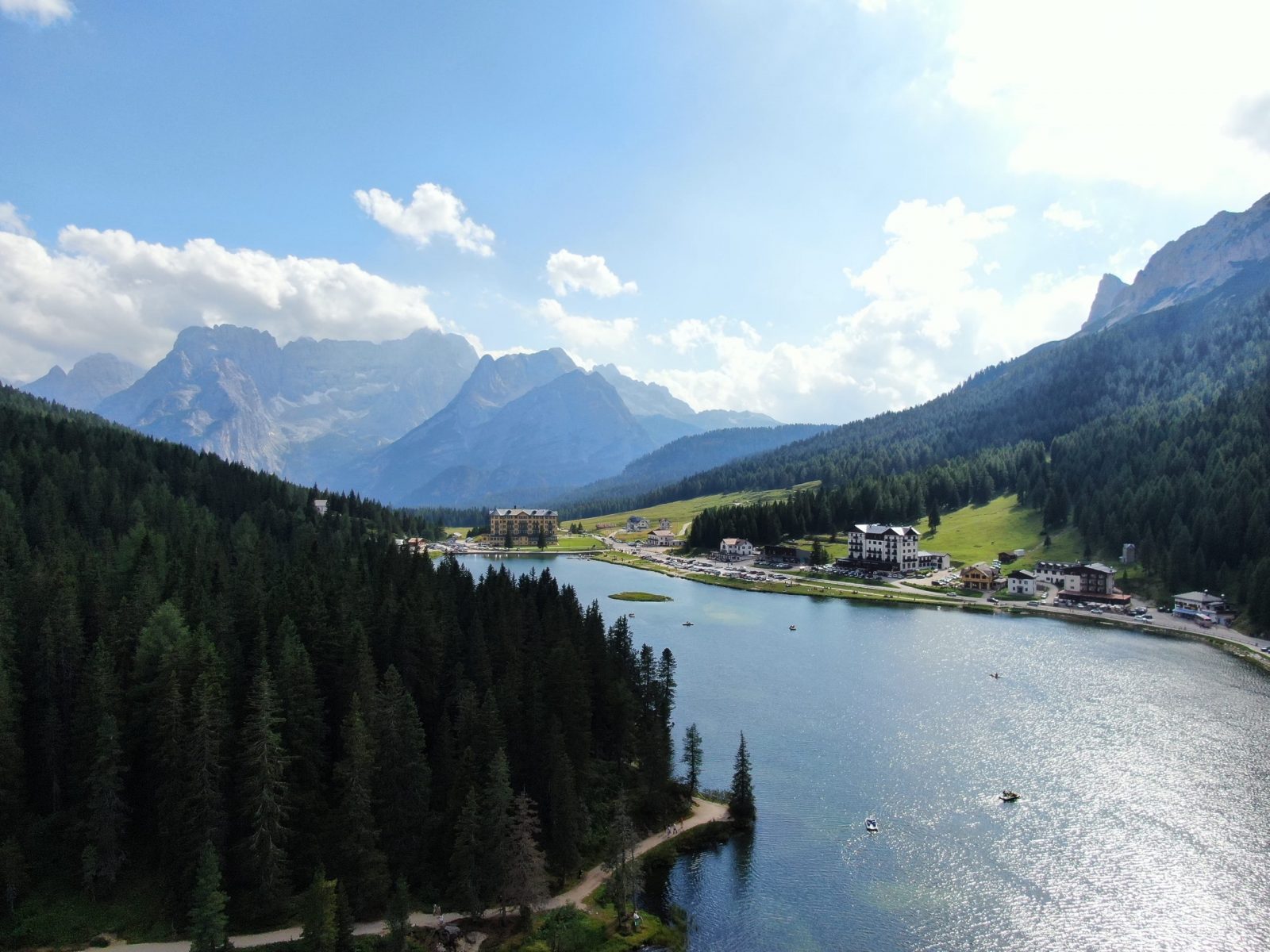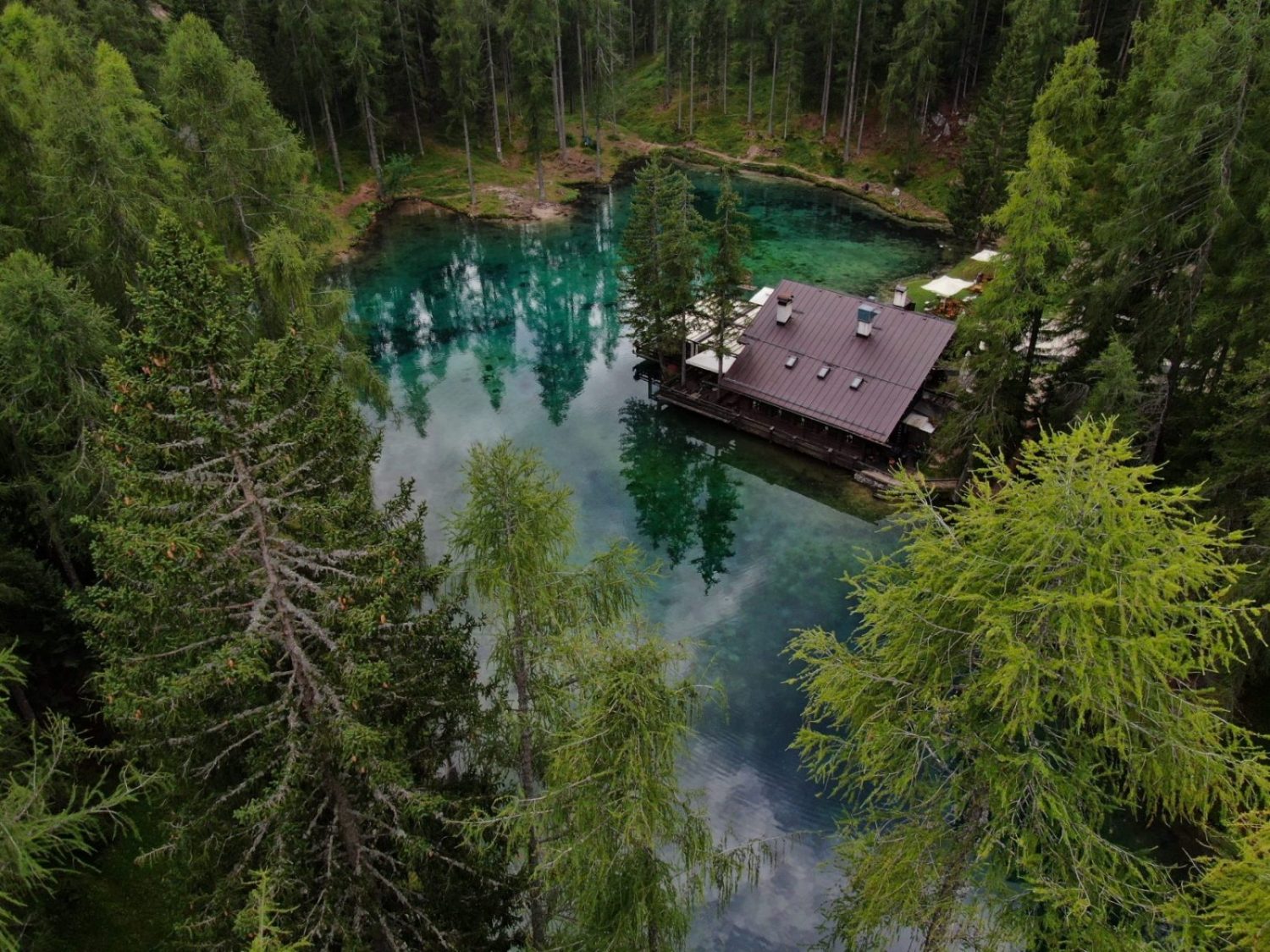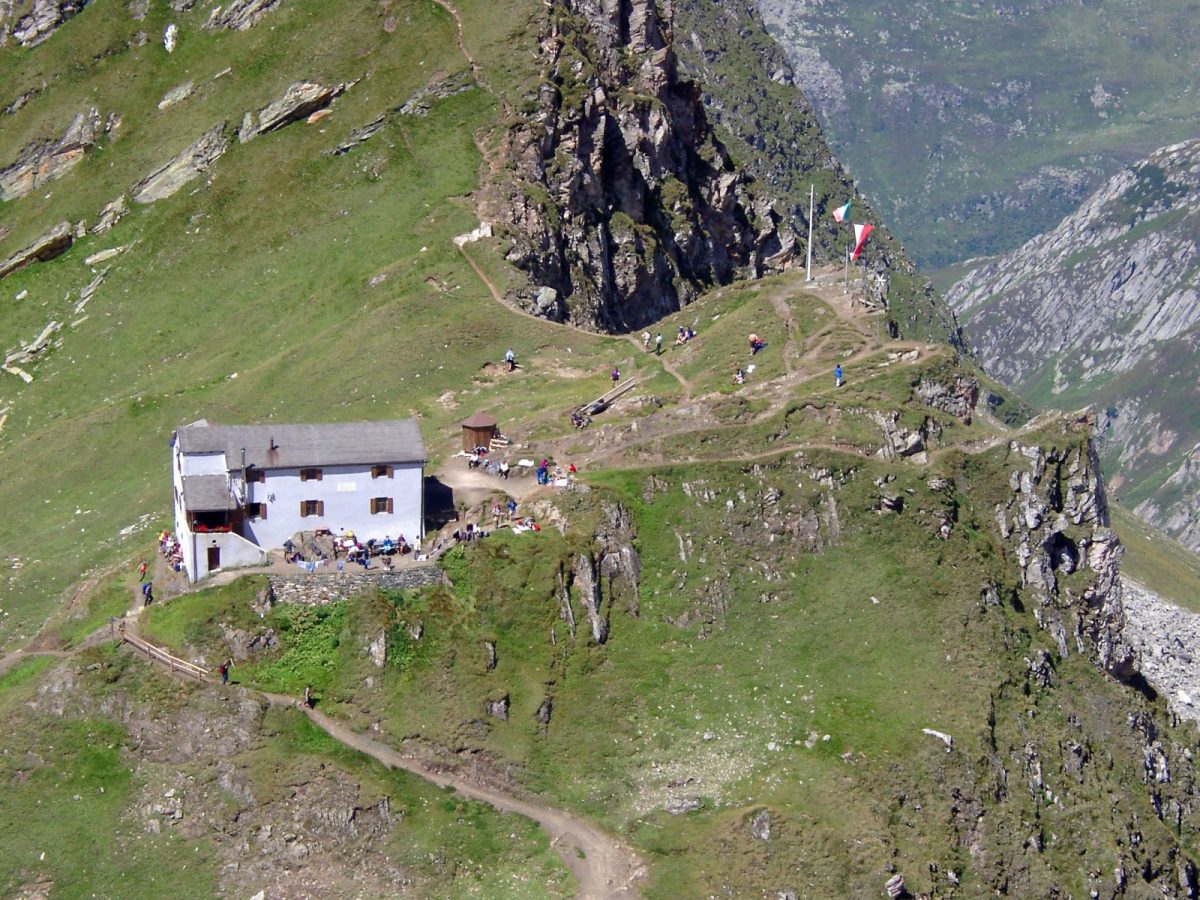Cortina Dolomiti Ultra Trekking

This article may contain affiliate/compensated links. For full information, please see our disclaimer here.

Stage 1 – From Cortina d’Ampezzo to Rifugio Son Forca


This article may contain affiliate/compensated links. For full information, please see our disclaimer here.


The plans for reopening the mountain huts (rifugios) during summer in the Italian Alps in times of COVID19.
This article may contain affiliate/compensated links. For full information, please see our disclaimer here.
There are plans to start relaxing the lockdown in Italy, starting gradually on different weeks starting on May 4th. Some people are starting to think on how they will vacation on the mountains and the beach. Beach private clubs are thinking on how installing the different tents with social distancing.

In the mountains, I’ve read that at first, they were thinking on not opening the rifugios, but today I’ve read on the Corriere della Sera that the Club Alpino Italiano is planning on how to open during COVID19 times.
The Club Alpino Italiano has 326 facilities in all the country. They are planning in putting Covid kits with oximeters and ozonators to purify the air.
The ozonators are very quick and easy to use and is a product that does not leave odours such as chlorine or alcohol. These are now in phase of production now.
The CAI is thinking of getting everyone to bring their own sleeping bags and light tents, and for big rifugios to allow people to eat in different times, and clean thoroughly between seatings, and clean sanitaries often. They are talking also of providing baskets with dinners to the different tents, so as to avoid people being in cramming conditions indoors. Shelters with two or four rooms for families could be used for a family group.